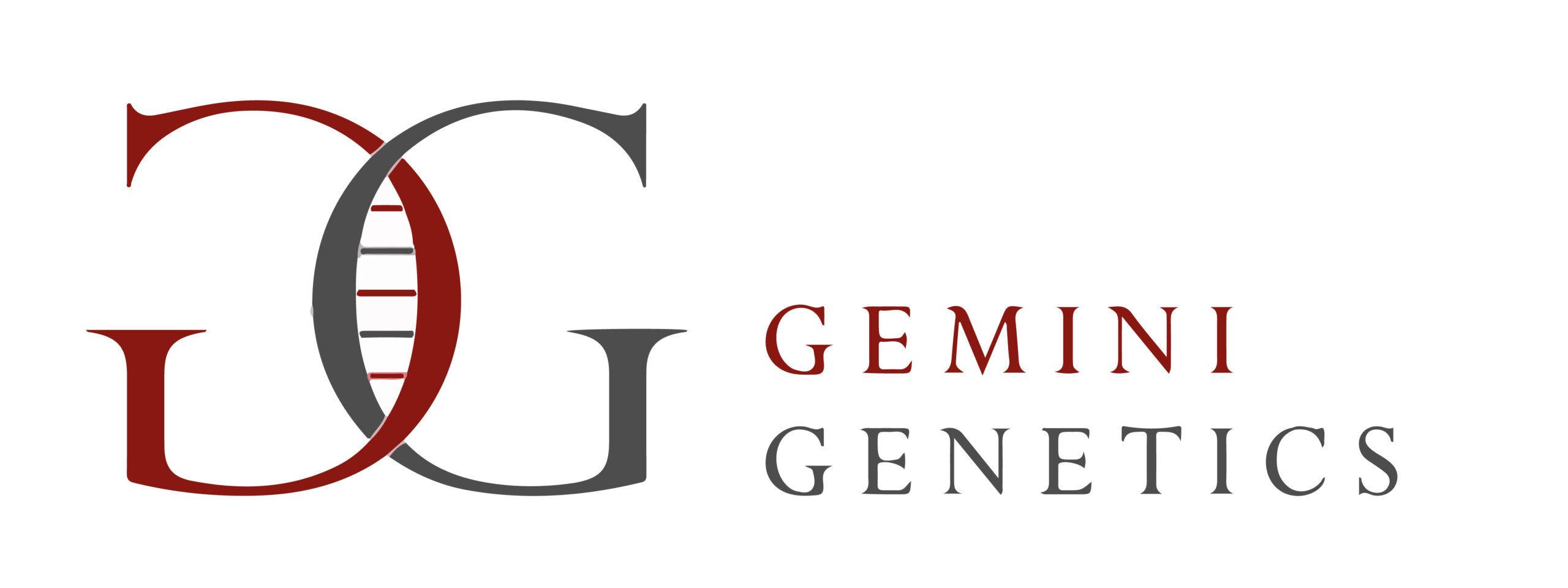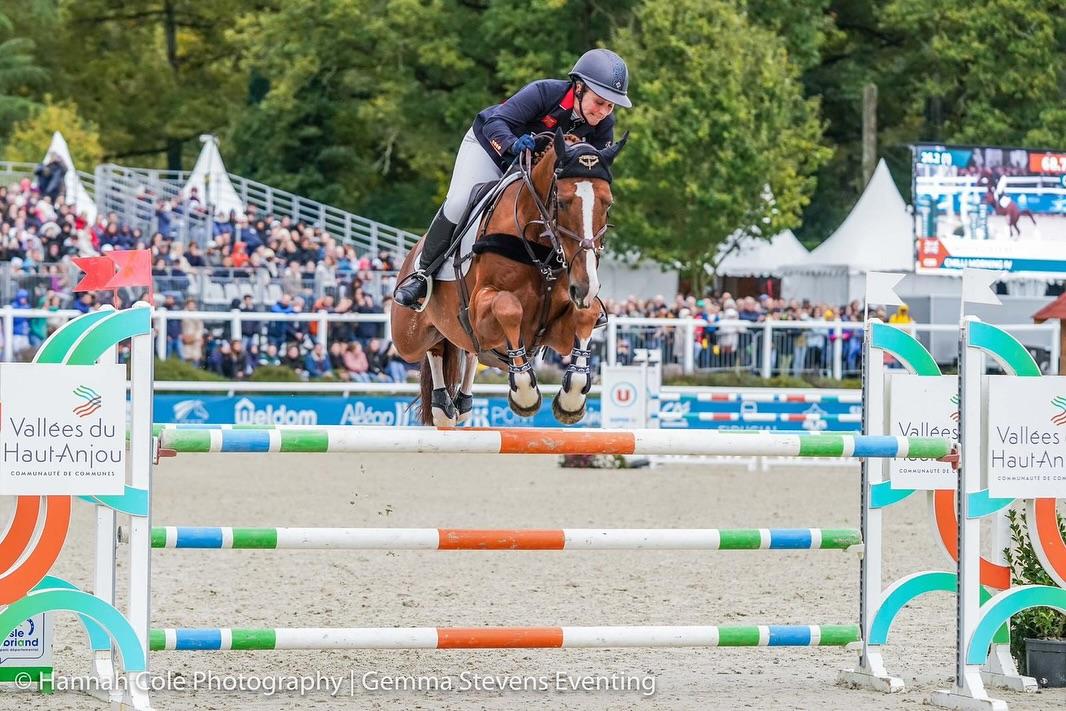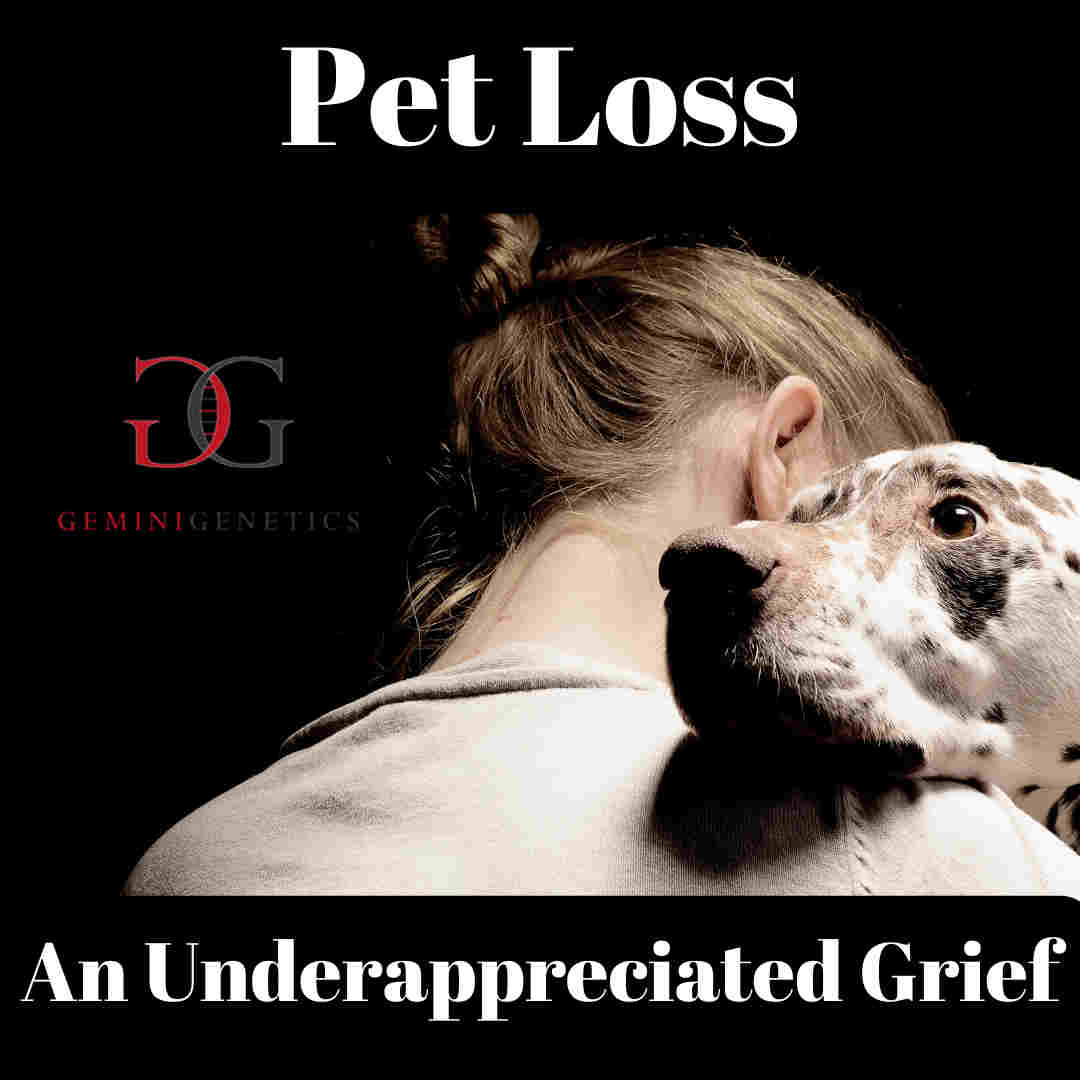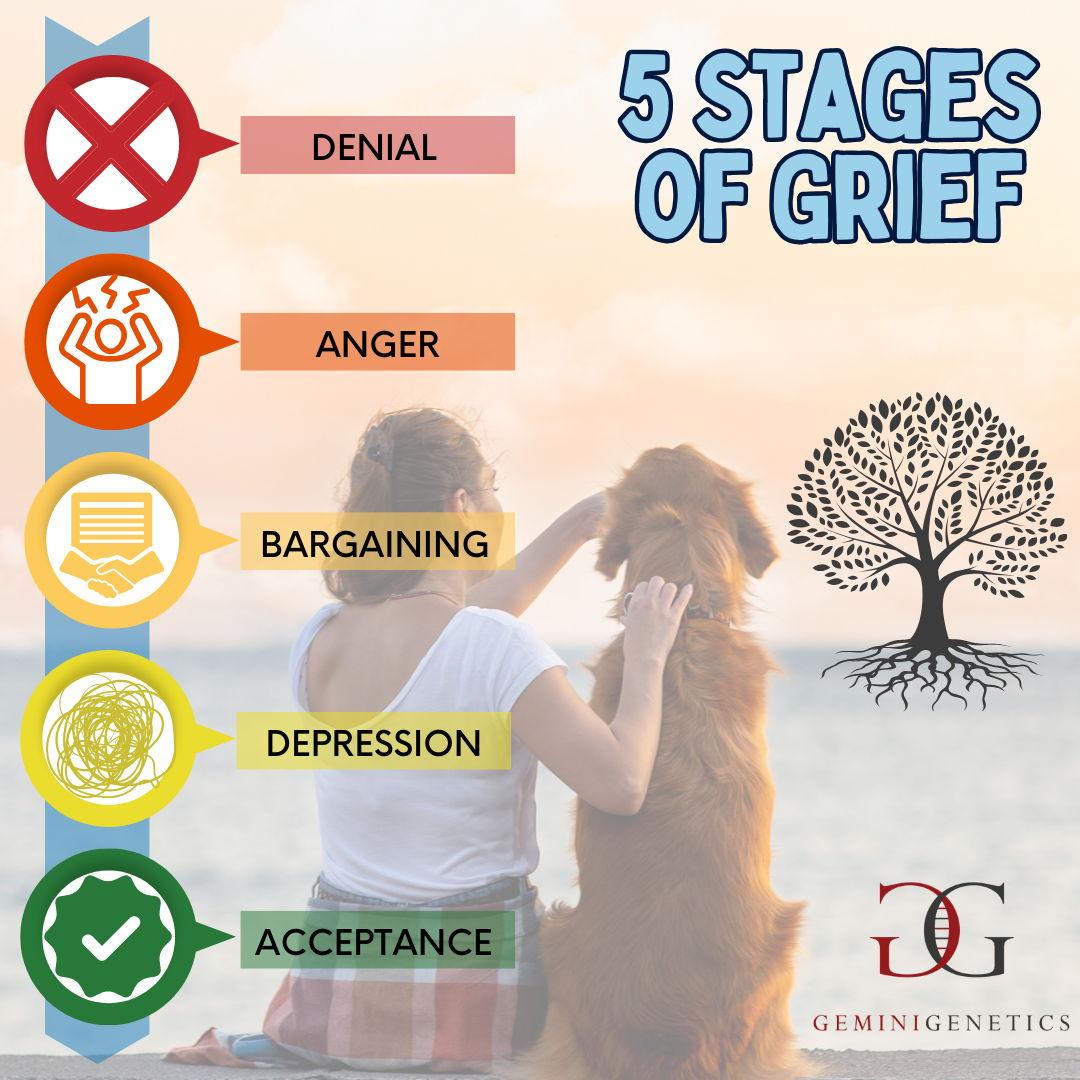Chilli Morning was an extraordinary stallion, and now 4 years after his passing, his name…
Can I Clone My Horse From Hair?
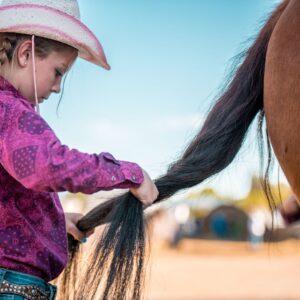
Can I Clone My Horse From Hair?
If you have ever thought about preserving your horse’s genetics, you may have wondered if you can clone your horse from their hair. This is a very common question, especially as mane and tail hairs are often kept as treasured keepsakes. But when it comes to cloning, where do hair samples stand? In this blog, we will lay out the facts behind this question and explain what really works when it comes to cloning your horse.
The Science Behind The Samples Used In Horse Cloning
The simple answer is that no, we cannot use your horse’s hair samples to clone them. Cloning requires living cells that are able to multiply and be cultured and unfortunately, hair does not contain these types of cells. Hair strands are mostly made of a protein called keratin and do not contain any usable living cells, even if the hair follicle is still attached as they usually only contain dead or degraded cells that are not suitable.
What About Other Types Of Samples?
Blood:
Blood samples are sometimes useful for DNA verification but cannot be used for cloning. We offer an independent DNA profiling service to establish a full genetic profile for your horse that requires a small blood sample. You can find out more about this service in the price list tab on our website: Price List: Cloning at Gemini Genetics
Teeth:
Teeth are made up of hard mineralised tissue, and do not actually contain any living cells that cannot be used for cloning!
Saliva and Urine:
These sorts of bodily fluids unfortunately do not contain the intact living cells required for the cloning process.
So, Which Samples Can Be Used For Horse Cloning?
The best samples for horse cloning are skin samples. Fibroblasts are skin cells that are ideal as they are able to be readily cultured and also contain your horse’s full genetic profile. These skin samples can be obtained up until 5 days post-mortem, or as live sample takings upon veterinary discretion. These are usually 4x 6mm biopsy punches from the crest of the neck under the mane or, for post-mortem samples only, a 2cm x 2cm snip of the tip of the ear. For more information about sample taking instructions, please consult the Emergency tab of our website: Emergency Horse Cloning Instructions
In conclusion, if you are considering preserving your pet’s genetics, it is important to collect the appropriate skin samples. If you have any questions about the process or need help navigating your pet cloning journey, you can email us at info@geminigenetics.com
For more information about our genetic preservation and cell culture services, you can consult our online company brochure here: Gemini-Genetics-Company-Brochure-2025.pdf
For more information about our US-based cloning partners, you can consult their website here: www.viagenpets.com
